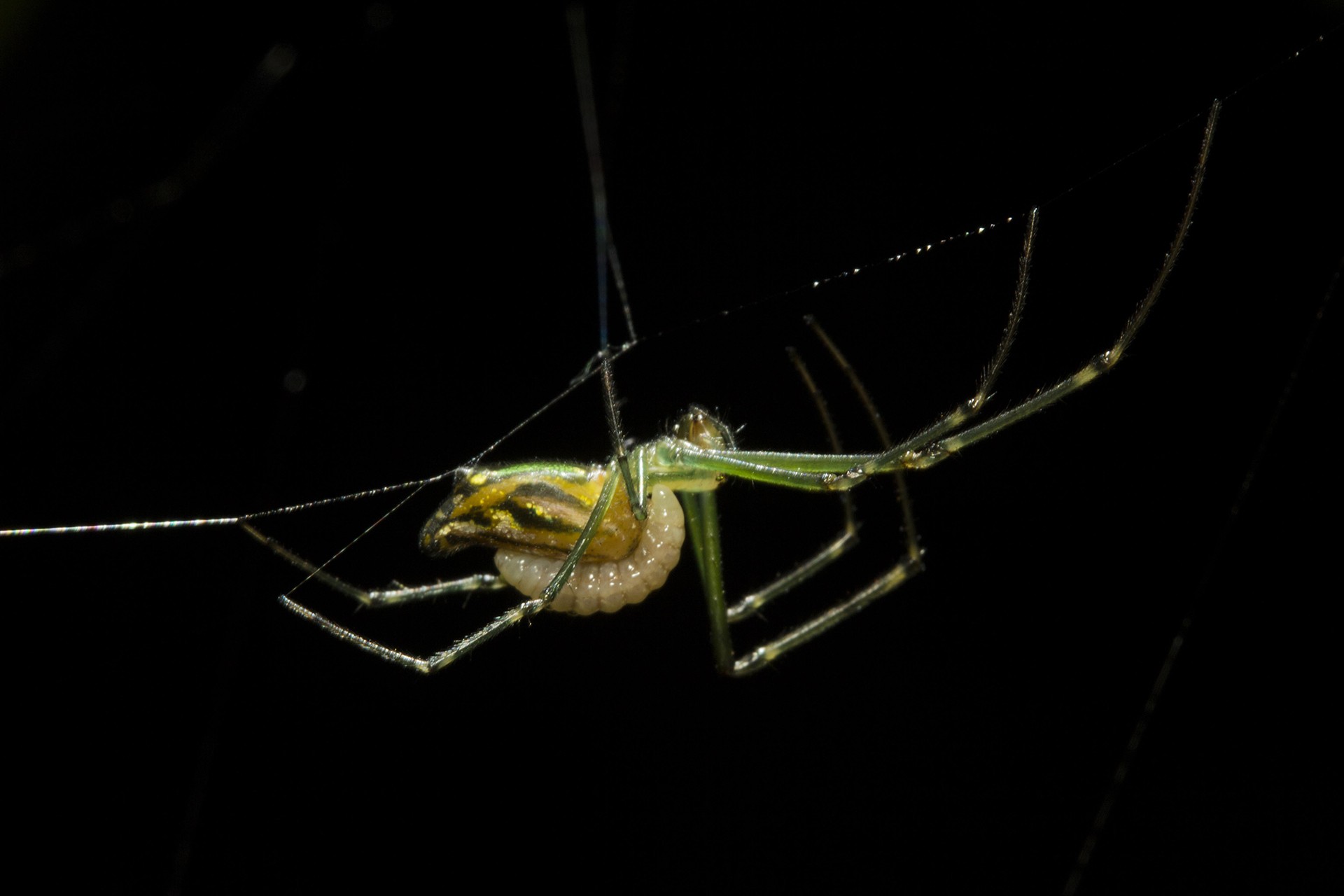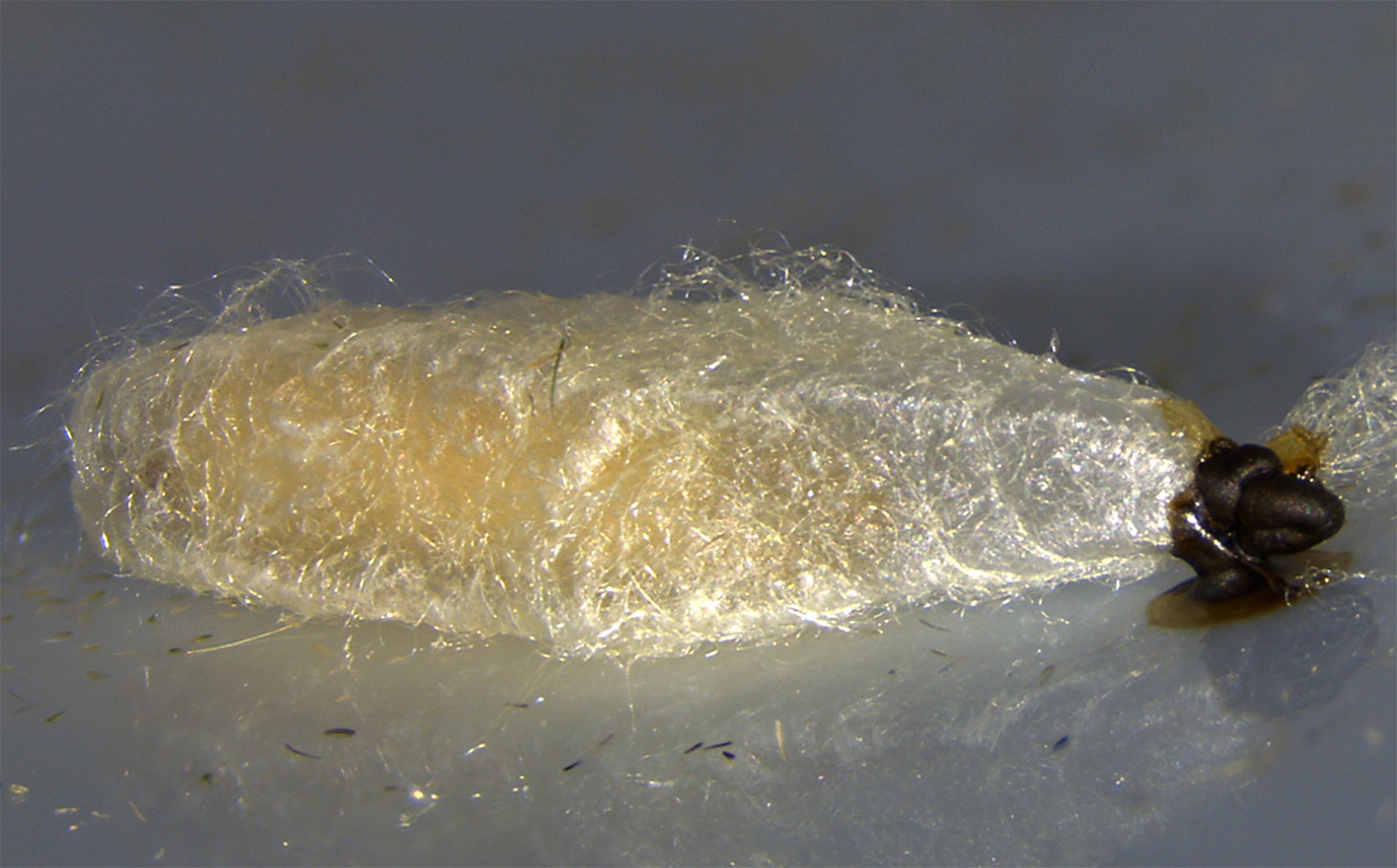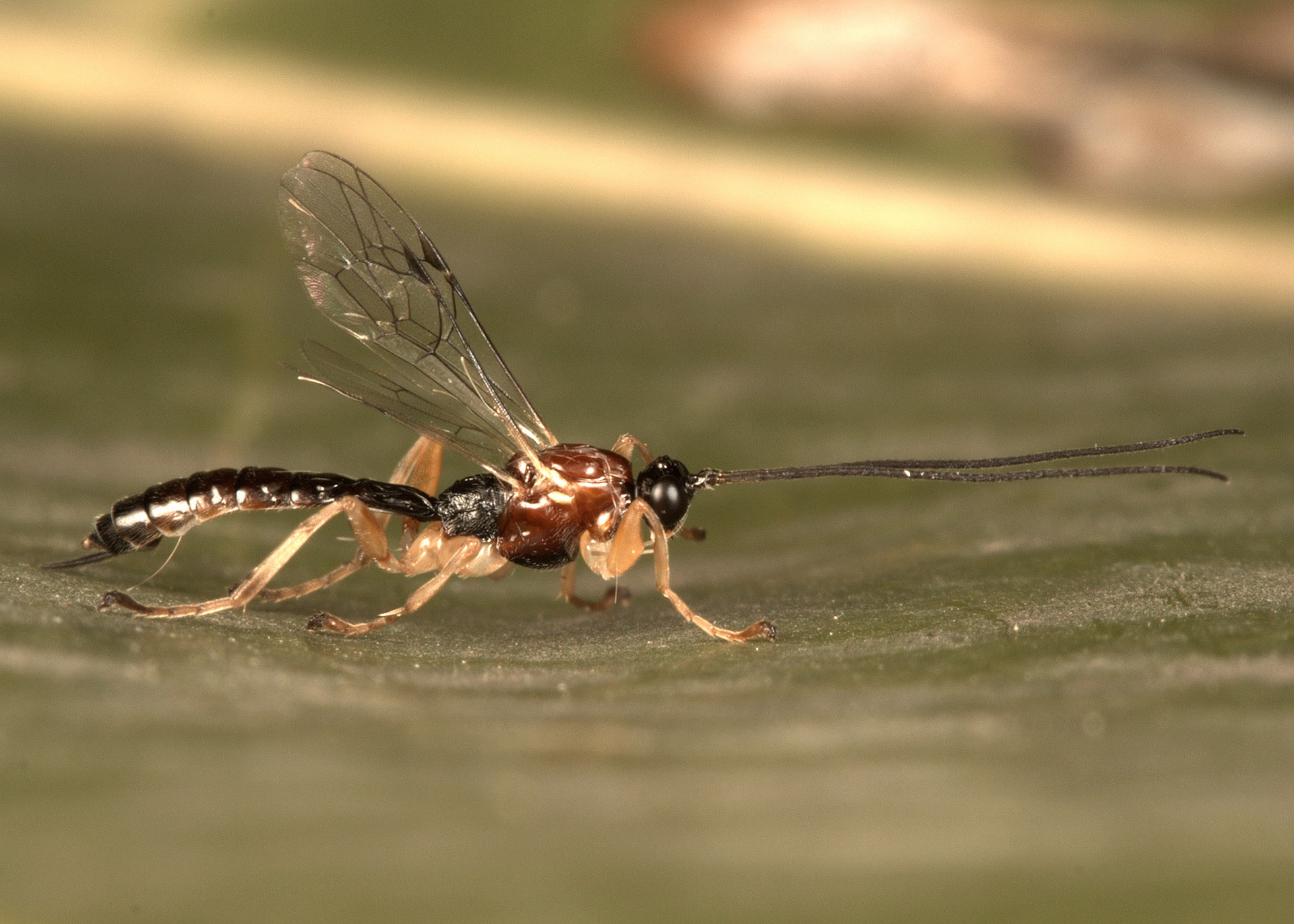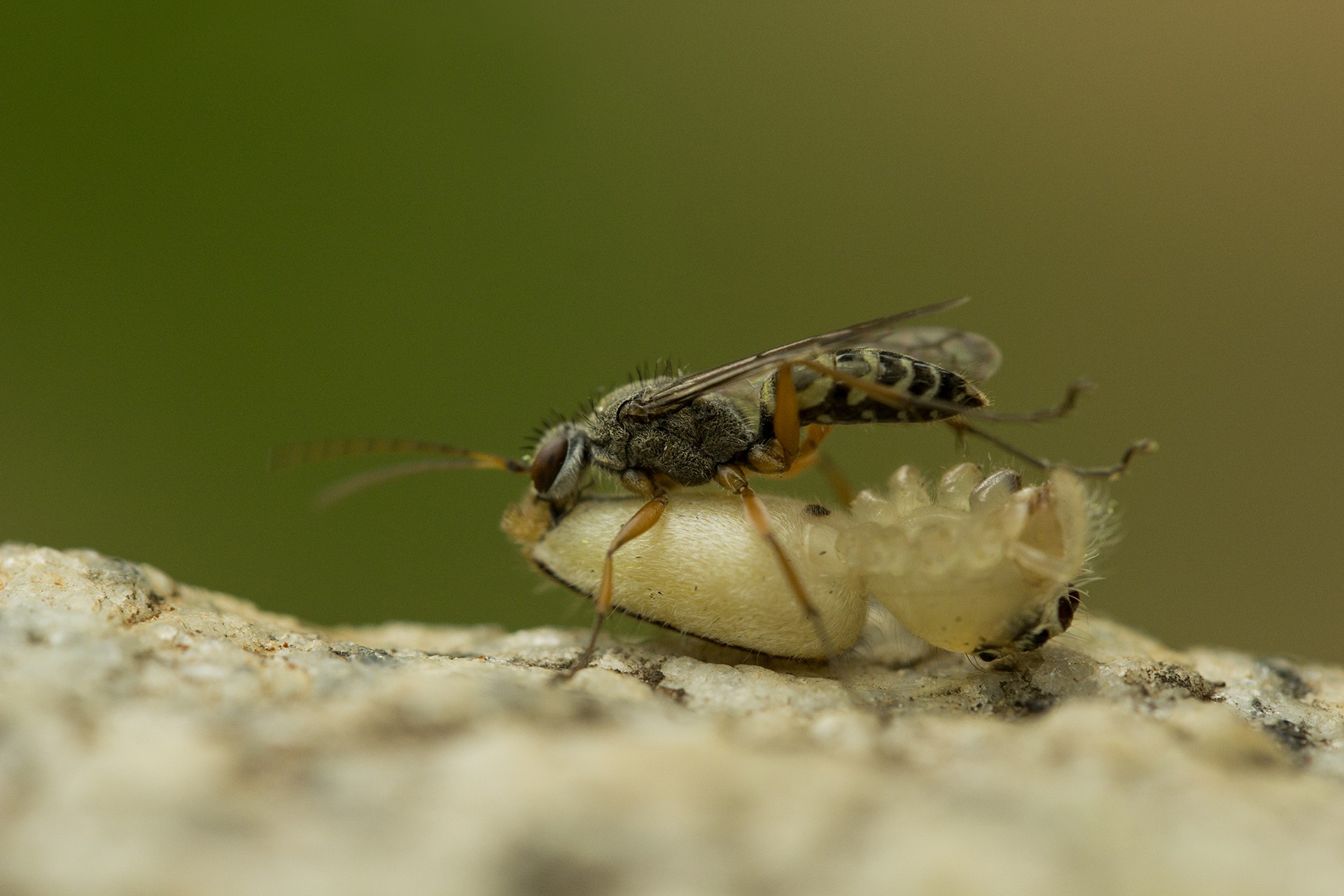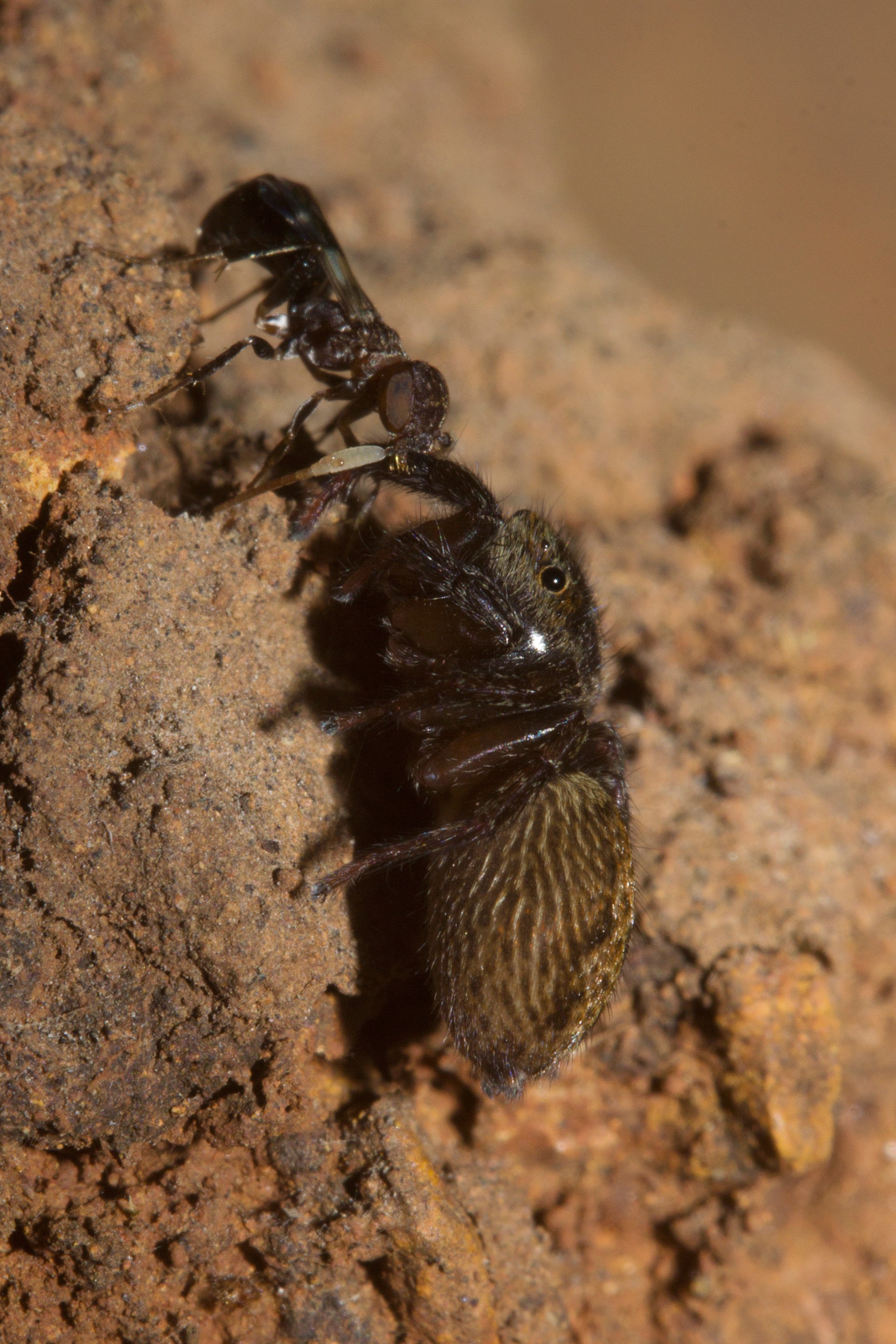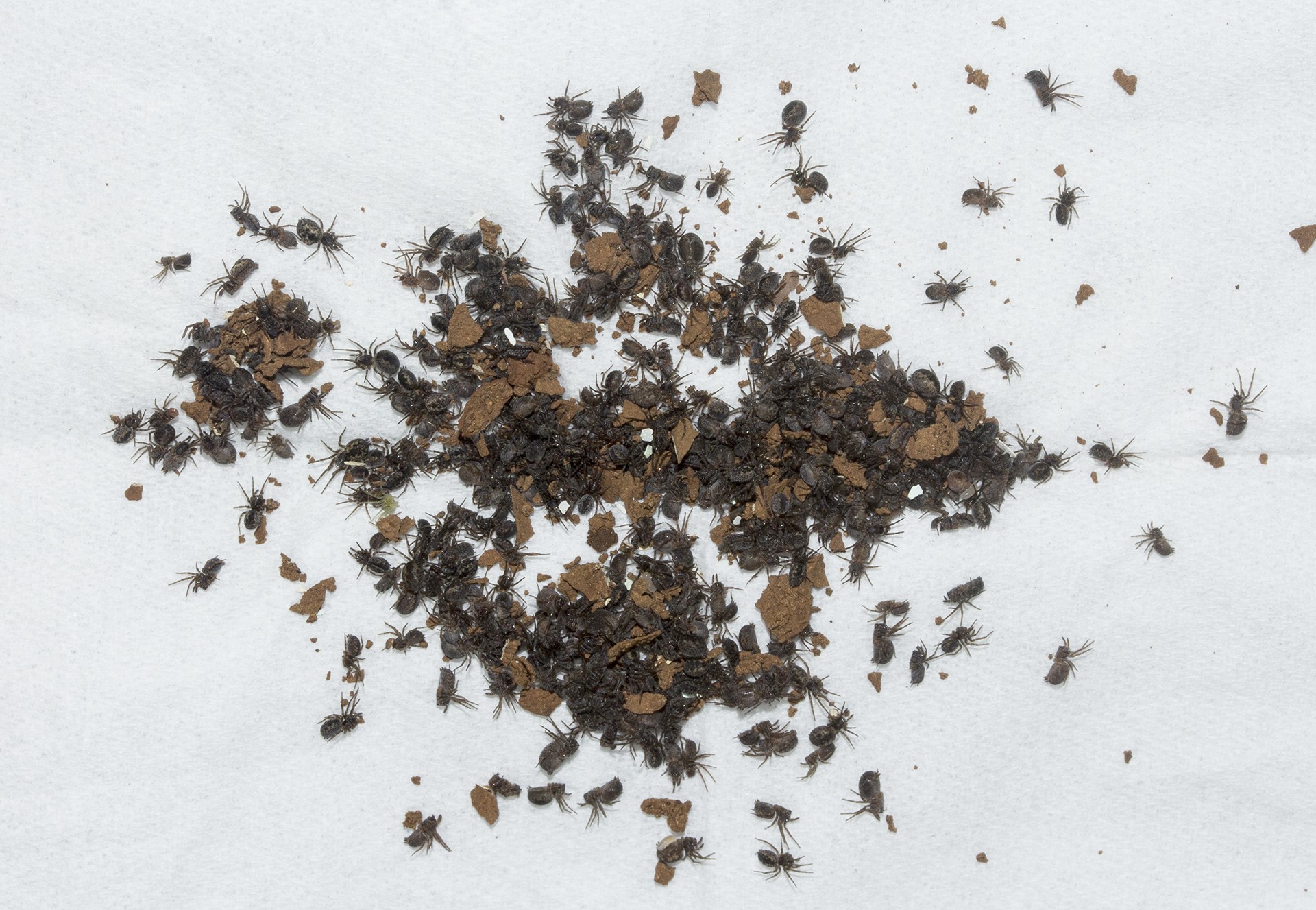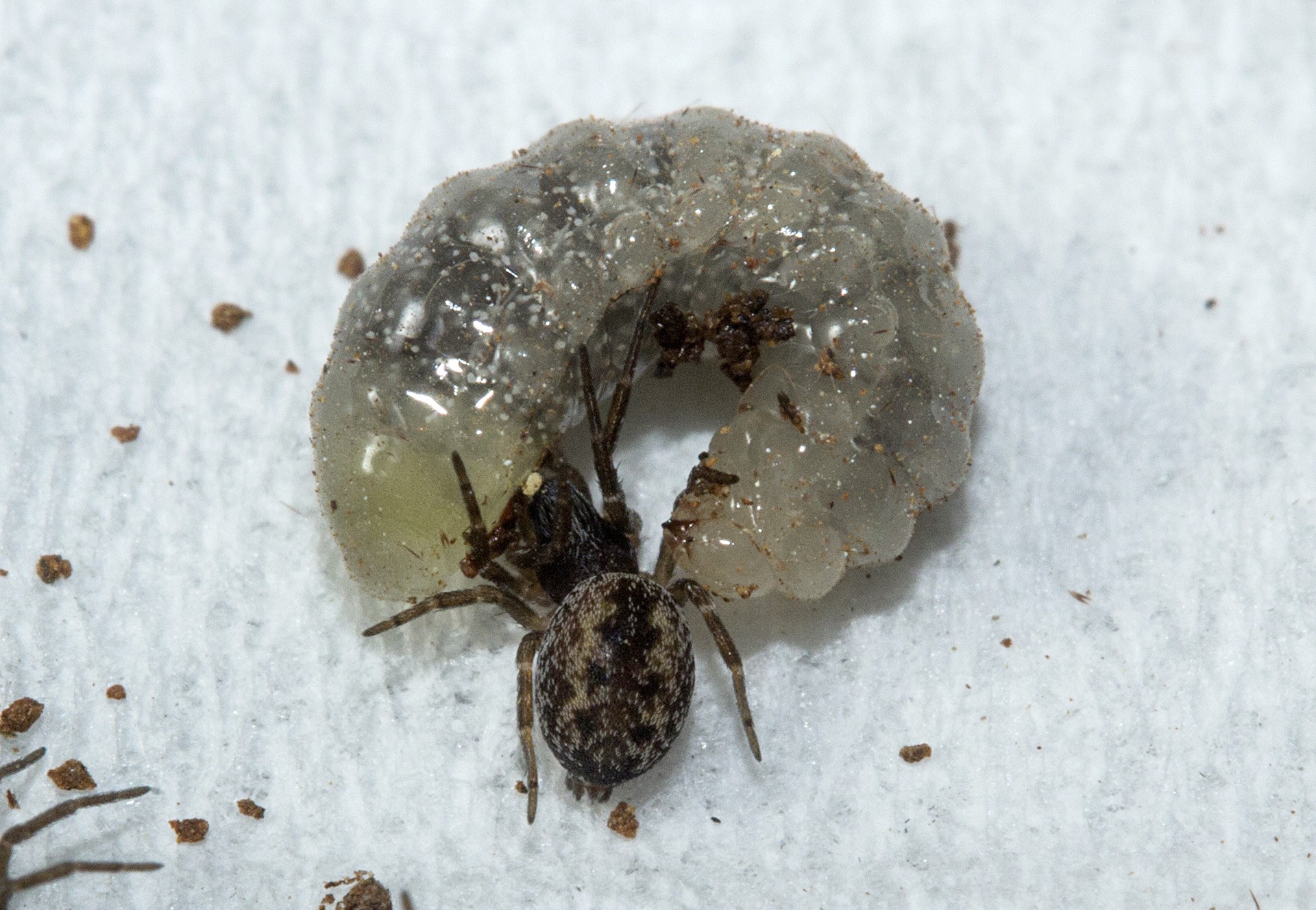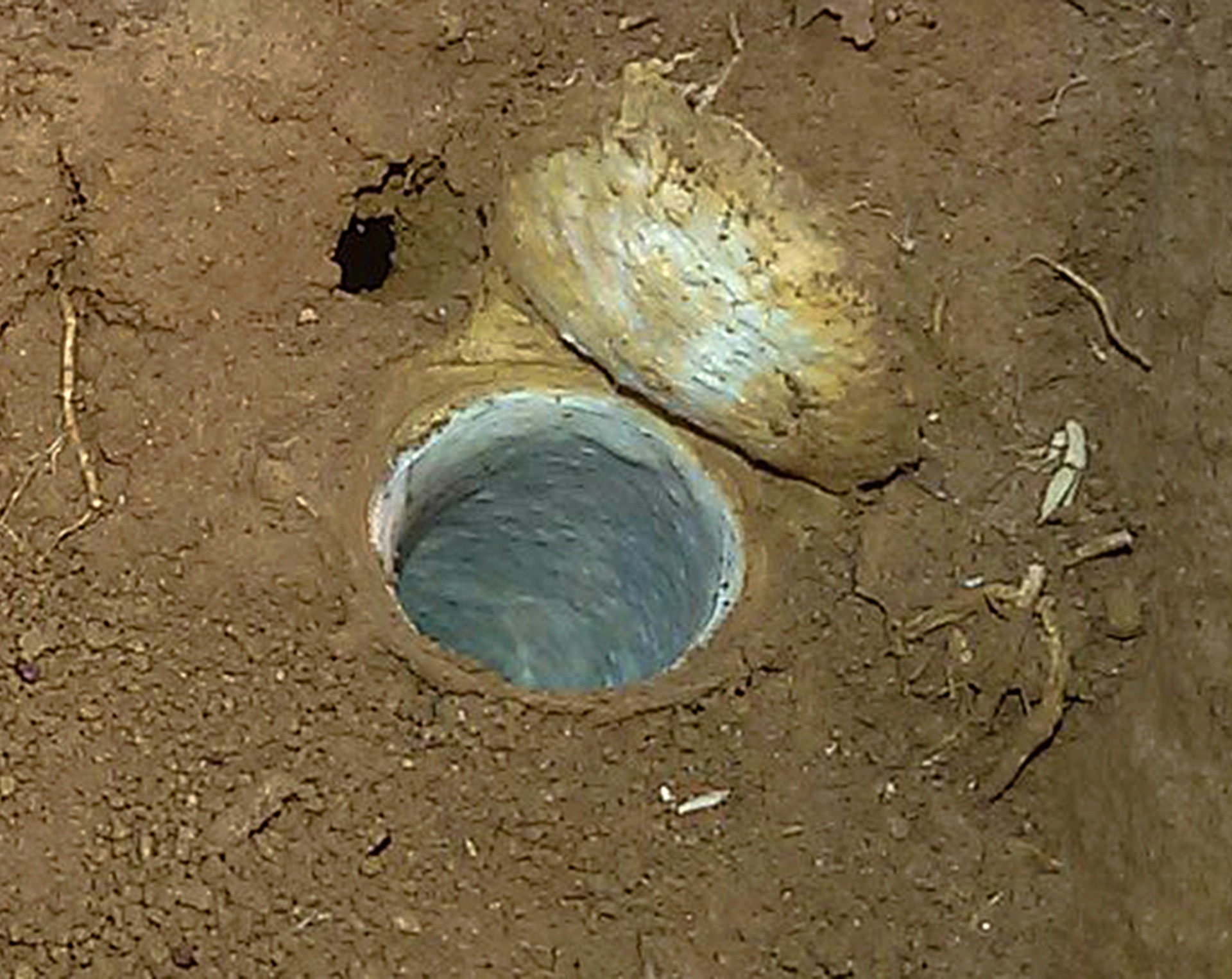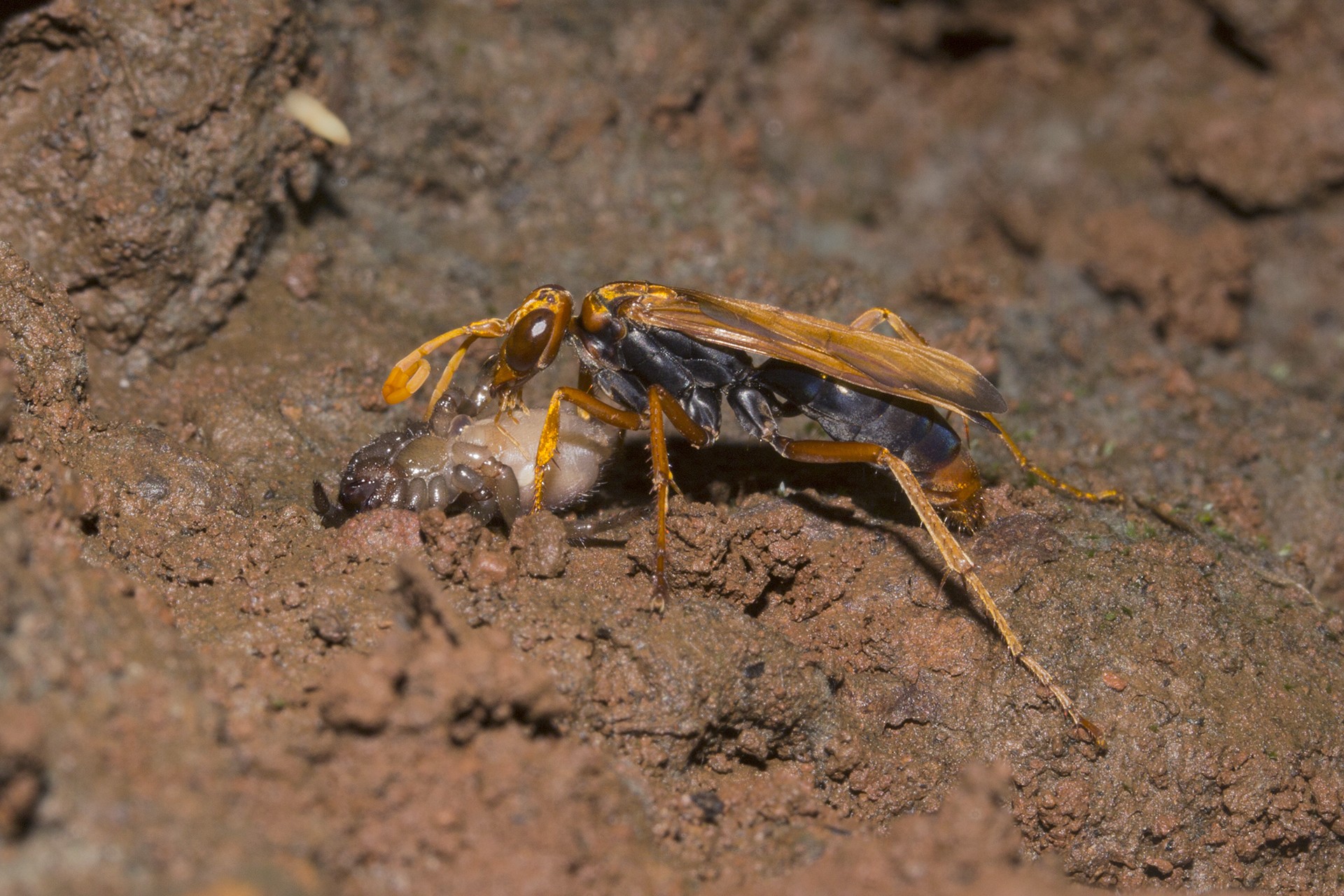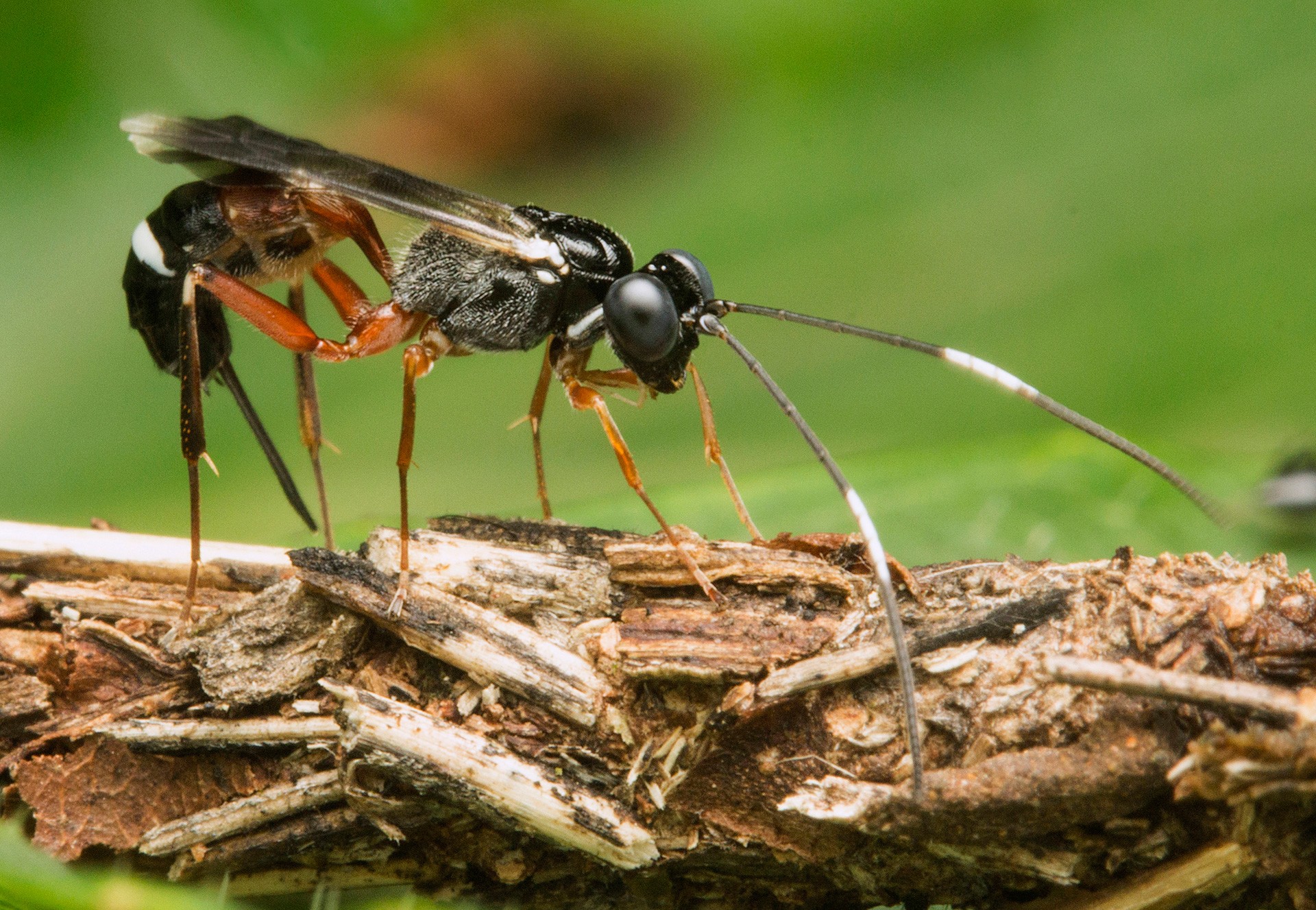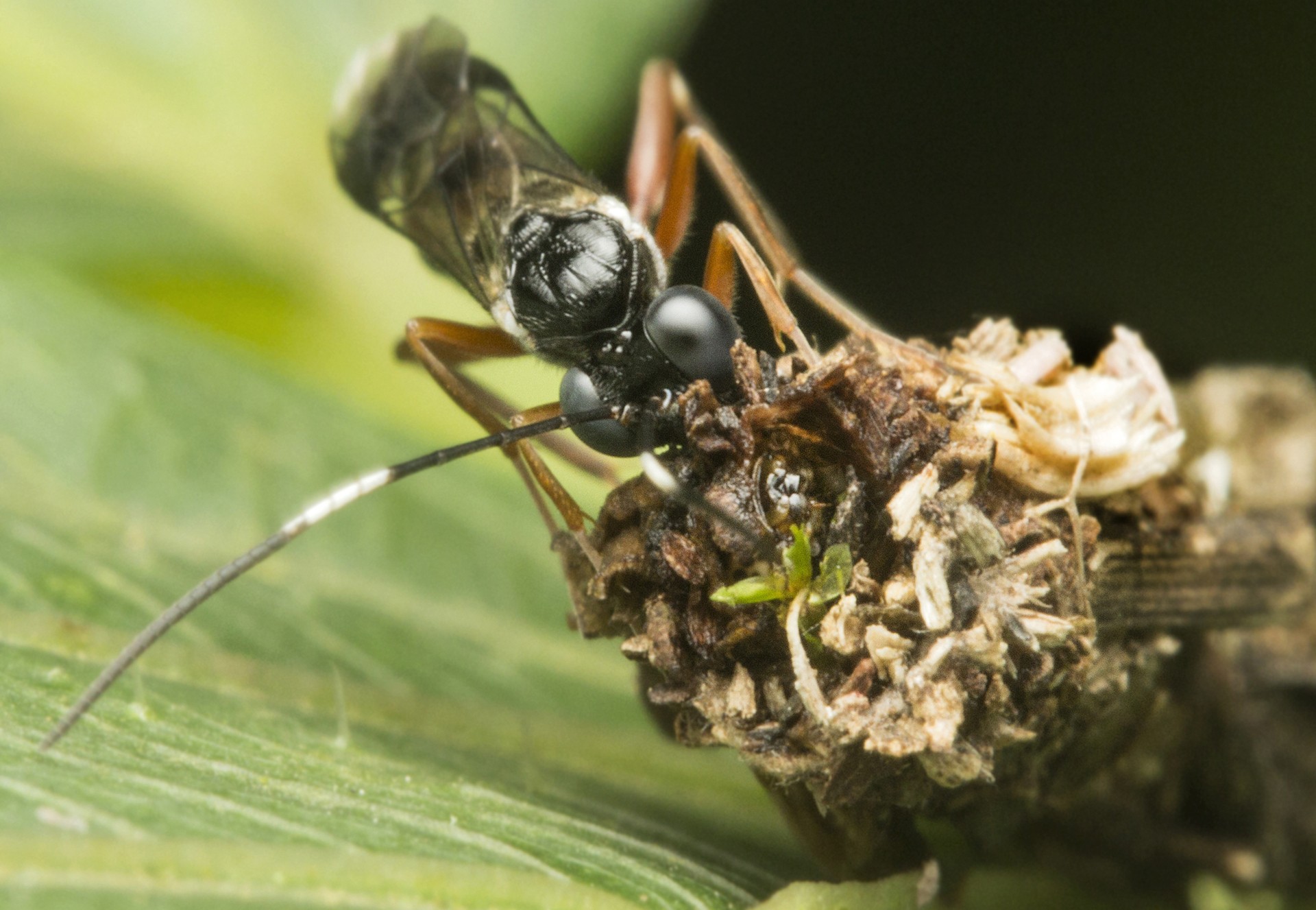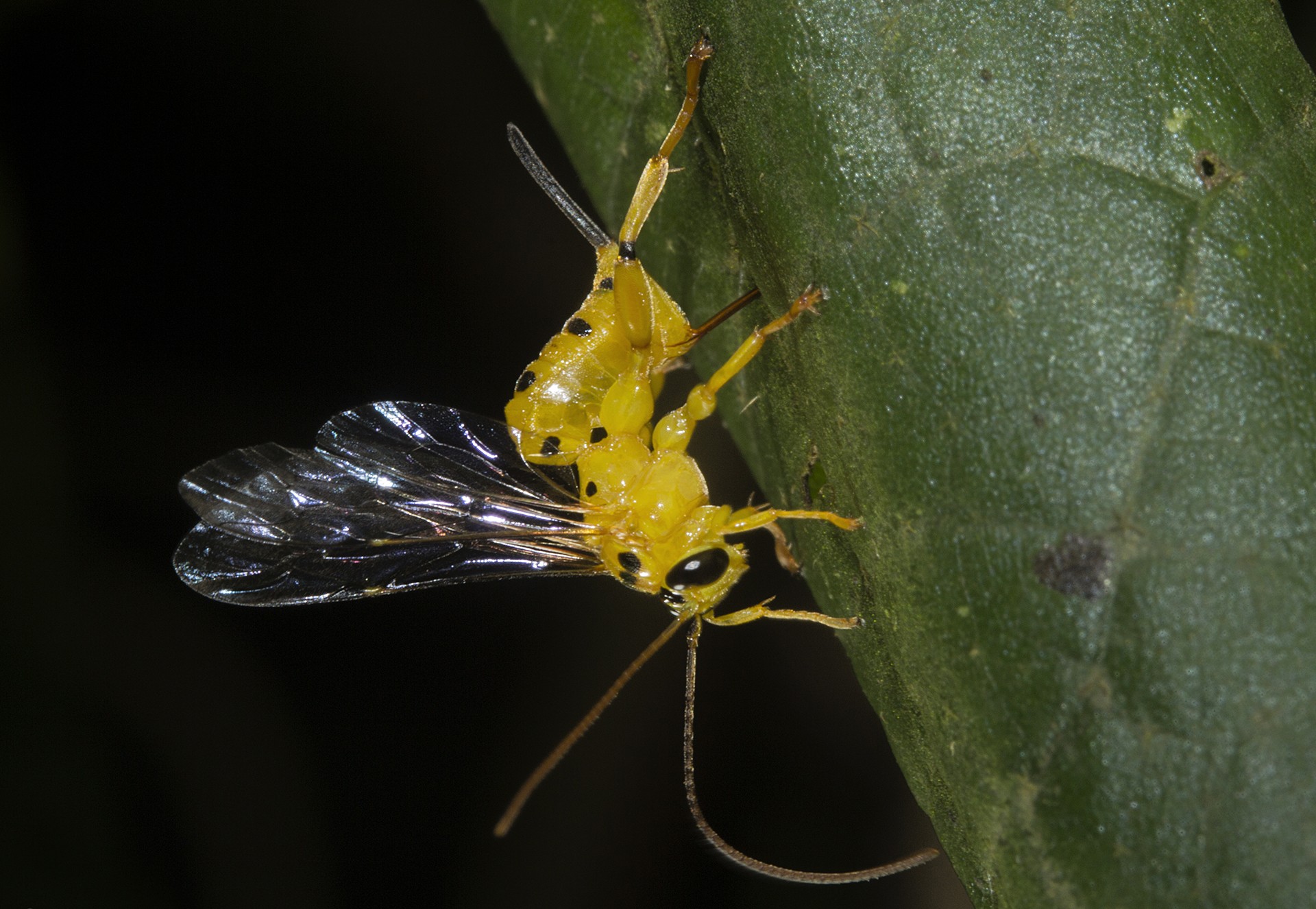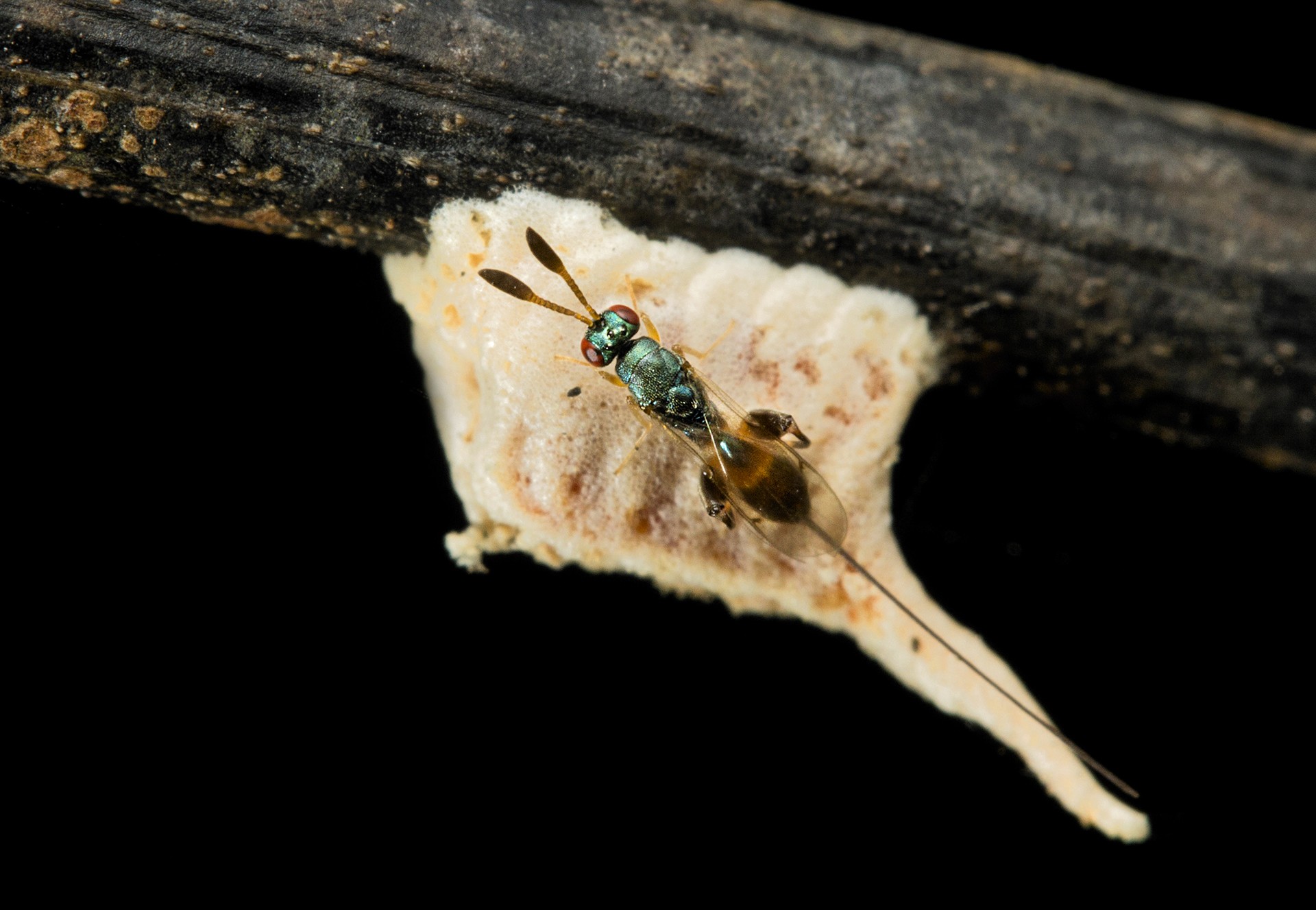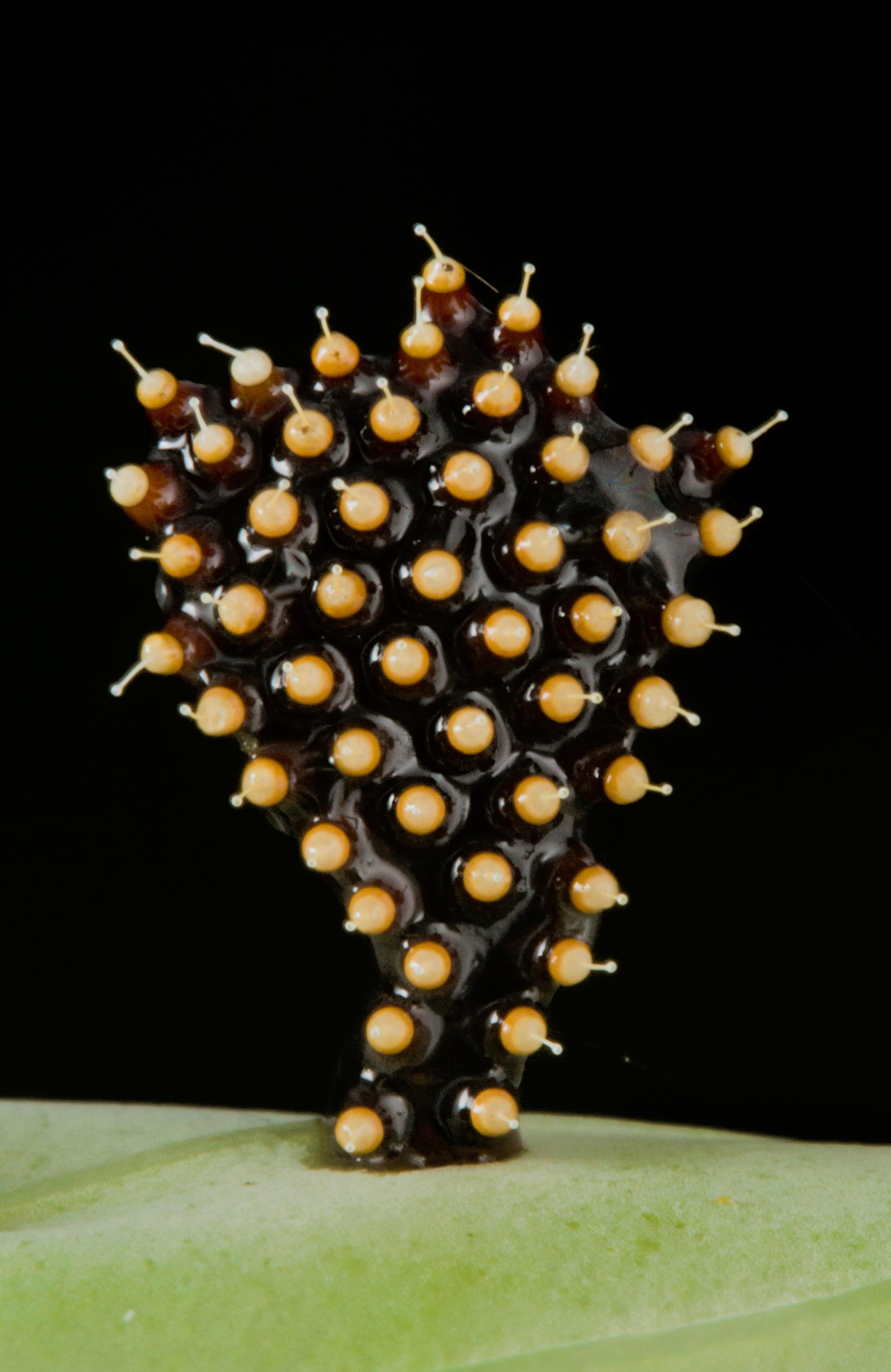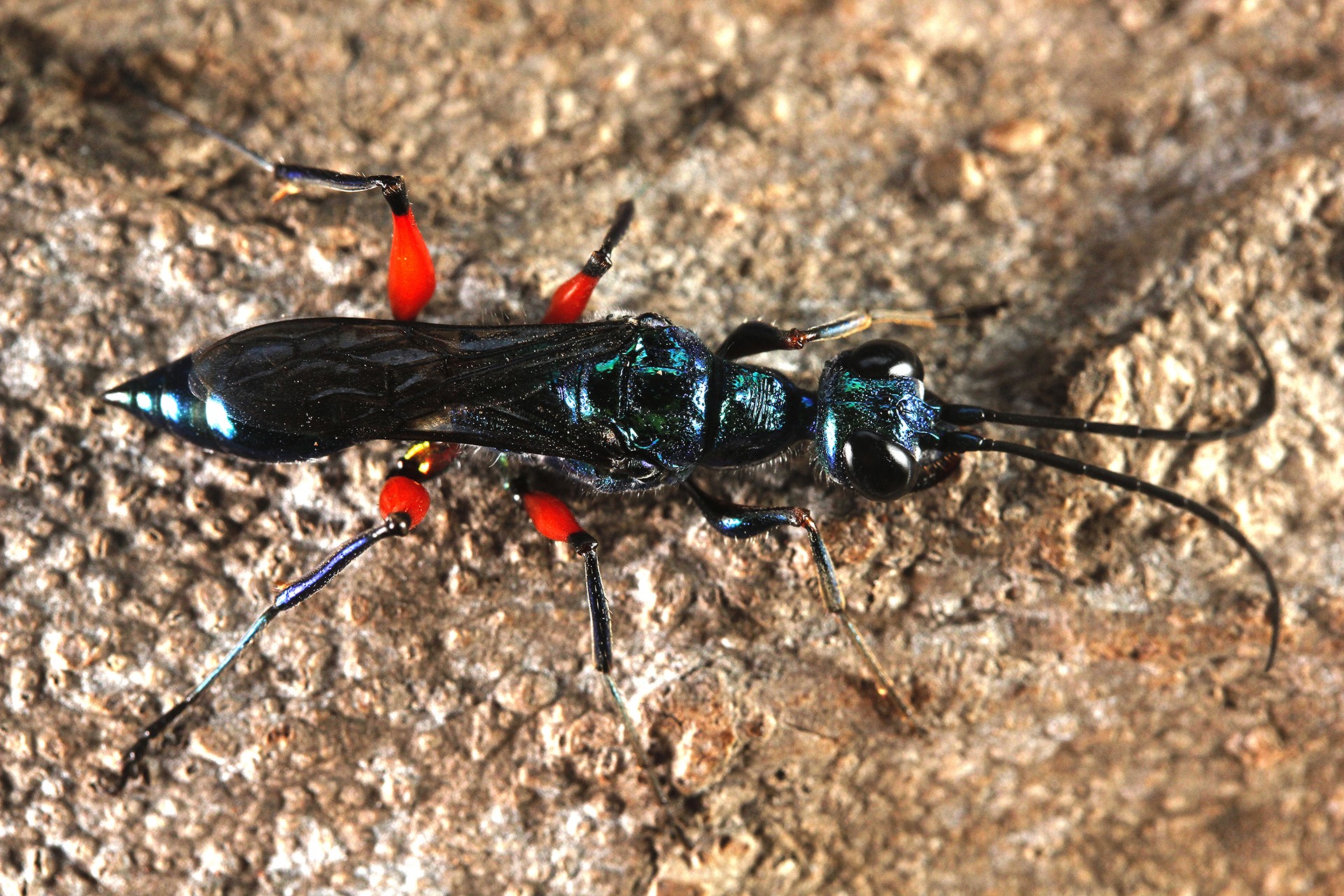In ecological communities, organisms continually interact with each other. These interactions can be both positive and negative. In positive interactions, organisms benefit other organisms of the same or different species and are benefited in turn. For example, aggressive ants and spiders share the same tree branches and by virtue of each other’s presence, get an enemy-free space and easy access to prey.
Conversely, in negative interactions – mostly, competition for resources such as food or space – one of the two interacting organisms is benefited, often at the cost of the other organism. Among negative interactions, predation and parasitism are the most studied. Predators consume their prey for survival, whereas parasites exploit their hosts for food and/or shelter, and may or may not kill them.
Interestingly, even the most ferocious of predators in nature are at the mercy of parasites (and parasitoids).
Parasites require a living host to complete their life cycle, whereas parasitoids, a more severe type of parasite, spend a significant duration of their life cycle on or inside the body of their host, eventually killing it. In nature, several species of wasps are well-known parasitoids (but not all wasps are parasitoids).
According to a recent study, parasitoid wasps may be among the most diverse invertebrates in the world. Belonging primarily to the superfamily Apocrita, they are widely distributed in a number of different habitats. Parasitoid wasps are one of the most studied organisms, yet we still know so little about them. From India, for instance, only 24 species of parasitoid wasps are known to date.
I have been working on spiders across India – in fact, my interest in these wasp species was sparked because they are parasitoids of spiders. I first came across an infested orb-web spider at the NCBS campus in Bangalore two years ago. I had some idea about parasites of spiders, but I had never been too interested, until then. From that moment, however, I have come across many interesting and unique interactions between spider species and wasps. Here, I document some of the most fascinating instances.
So, this story begins with the infested spider that researcher Anuradha Joglekar and I found at the NCBS campus in September 2015. We brought the spider in to the laboratory to observe the stages of larval growth till the adult emerged. The wasp larva remained attached to the spider’s abdomen. It was almost as if the spider was unaware of its presence. After about 3-4 days, it detached from the spider’s body and started spinning its cocoon. The spider had died. The adult wasp emerged after about ten days.
Two months or so later, we witnessed another peculiar instance of wasp-spider interaction. A wasp (an unidentified species) tracked her host, this time a jumping spider, and introduced venom through a mighty sting – it did not seem to be fatal, but it paralysed the spider. It then chopped off the legs of the spider using its strong jaws and carried it away. When I looked for literature on such a case, I found that female wasps often store spiders in their nests like a can of frozen (paralysed) food. The spider remains alive, still paralysed under the influence of the wasp venom, but unable to escape without its legs. The wasp larvae, upon emerging from the eggs, feed upon the spider, finally killing it. Then they pupate, and break free of the nest as free-living adults.
Later, I came across another instance at Aarey milk colony in Mumbai, where the wasp had paralysed the spider (but this time, for some reason, left its legs intact). I tracked the wasp to where it was taking the unfortunate spider. It carried it into a small burrow on the mud bunds on the side of the road, and then began to seal the burrow. But then, out of nowhere, ants appeared and chased the wasp away, giving me an opportunity to pick up the paralysed spider. The wasp did not return, and I decided to bring the fellow home with me to observe. The spider remained paralysed for almost a month but was very much alive. I tried feeding it, but that didn’t work since the spider was completely immobilised. After a month, it began to show some signs of movement, and even caught a Drosophila (fruit fly), but was unable to eat it. I do not know whether spiders have any counter strategy against wasp venom, but they seem rather helpless.
This observation sparked a wave of curiosity in me to look for burrows. I found another potter-wasp nest shortly after. It has been routine for me to take daily strolls in Aarey in Mumbai to photograph diversity. In September last year, at a wireless police station, I saw a nest on the wall. It was beautiful, with multiple cells, and appeared to be complete. I made a habit of making visits to this spot to see what was sealed within, to see whether the wasp would check on its babies and when the wasps would emerge. And then one day, someone decided to clean the premises, and the nest was removed. When I went there, I saw it scattered on the floor, and the cells were broken. To my surprise, there were at least 200 juvenile spiders of the same species inside the nest. I suspect that the mother wasp may have carried the spider egg-clutch into her nest.
I continued to find many more of these wasp nests of different wasp species and inside, a different spider victim in Aarey milk colony.
One of the most interesting scenarios I have come across so far was between a trapdoor spider and a wasp. Trapdoors are specialist hunters. They are known for their unique behaviour of building burrows with a “trap-door.” These spiders dig burrows in the ground that have lids, much like a door. The spiders then weave thin strands of a web in front of this door, like a snare. When the prey, unaware of this trap, walks over the web, the spiders sense the vibrations and quickly emerge from the burrow to capture the prey. I have worked on these species across India and even described over ten new species. By experience, I know that these burrows are difficult to spot, as they are extremely well camouflaged. Moreover, the spiders tightly hold the lids of the burrows from inside, when one tries to open them. It would be interesting to study how these wasps locate the burrows and open the tight lids.
Again in Aarey colony, in June this year, I observed a wasp up to something. It was entering what looked like a burrow. On taking a closer look, I found out that it was not a wasp’s burrow but a trapdoor spider’s burrow. And then I realised, this wasn’t just any trapdoor, but the species which was re-described by our team in 2012 after a 100 years! I saw that the door had been literally ripped open, and the spider had been dragged out of its burrow.
By now my interest in wasps as insects had increased tremendously. Indeed, it turns out that spiders are not the only victims of these wasps. So far, I’ve witnessed several other taxa, including caterpillars and mantids being targeted by them. One day, I saw a beautiful black and orange wasp jumping around something. It was trying to lay eggs inside the bag of a bag worm! Bag worms are supposed to be the masters of camouflage, so how do these wasps even find them?
Another time, I saw a bright yellow wasp sniffing around a leaf. The leaf was rolled up and in an instant I knew that it was looking for a moth cocoon. Truly, it appears that no one can hide from them!
Later, on one of my usual photography sprees, I was photographing an ootheca, or miniature egg clutch of some mantis. Suddenly, something bluish-green zoomed in and sat on the ootheca. A wasp again! This tiny thing had an ovipositor (egg-laying organ) almost twice its body size. It sat there for several long minutes, elegantly posing for me to click photographs.
Another happy coincidence was when I spotted something unusual in Aarey – again, it appeared to be an egg clutch. I left it untouched at the time. It was not until later, when I went to NCBS, that I got to know that it was an egg clutch of assassin bugs. Assassin bugs are predatory insects. They feed mostly on other soft-bodied invertebrates. They have a prolonged proboscis to inject venom into the body of the prey. The venom is fatal and liquefies the insides of the body of their prey, allowing the bugs feed on the liquefied interior. These bugs are characterised by peculiar behaviour: several species cover their bodies with the remnants of the empty body shells of their prey, their own molts, or surrounding debris to hide. I found another one of their egg clutches in the campus and decided to photograph the life cycle of these interesting creatures. I waited eagerly for the eggs to hatch. What did I find instead but a happy and well-fed army of wasps!
So far, I have documented several spider and wasp interactions, but the one which I wanted to photograph – the Emerald Cockroach Wasp, or Jewel Wasp – continued to elude me. I used to see these wasps flying around near human settlements or fig trees searching for food, but because of their speed, I never got a chance to photograph them. Until now.
Just this month, on my most recent visit to Aarey, my friends and I were enjoying a nice chat about wildlife over a hot cup of tea at a local hotel, when a metallic sparkly something landed on our table. Before I could see what it was, it zoomed away and landed on a tree nearby. I dropped my discussion (but not my tea) and ran to the tree. It was a wasp, and not just any wasp, but the same wasp I had always wanted to photograph.
I had read that these wasps parasitise cockroaches. They paralyse the cockroach, and drag them to their nests by holding their antenna. In fact, I recalled a similar instance from around eight years ago, at my home in Marol – a jewel wasp was carrying a cockroach that had obviously been immobilised. A minute later a blue wasp came by, grabbed the cockroach’s antenna, and literally went away as if taking a dog for a walk at the park.
Overall, I have encountered immense diversity among wasps. Some are parasitoids, some predators, and some nectar feeders. Some are huge and mean looking, some slender with bright colours, some very tiny with glowing iridescent wings. Some prefer spiders, some pupa, some caterpillars. Whether it’s their behaviour, their colour, or even their prey, they are some of the most intriguing creatures. I still know very little about them, and I know even fewer people who are studying them. On any regular day, when I take a stroll through Aarey, I make sure to keep an eye out for these fascinating insects.
